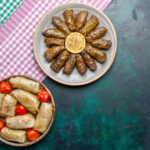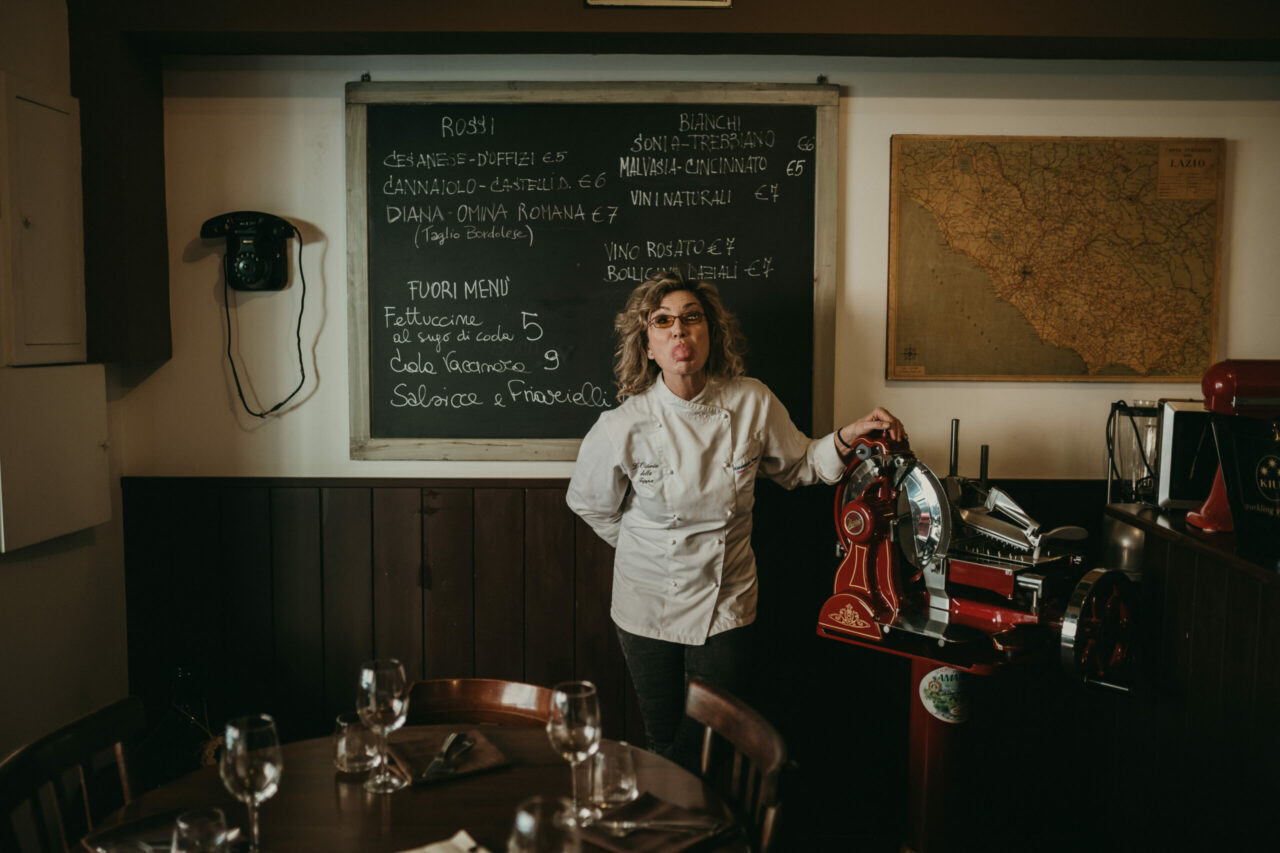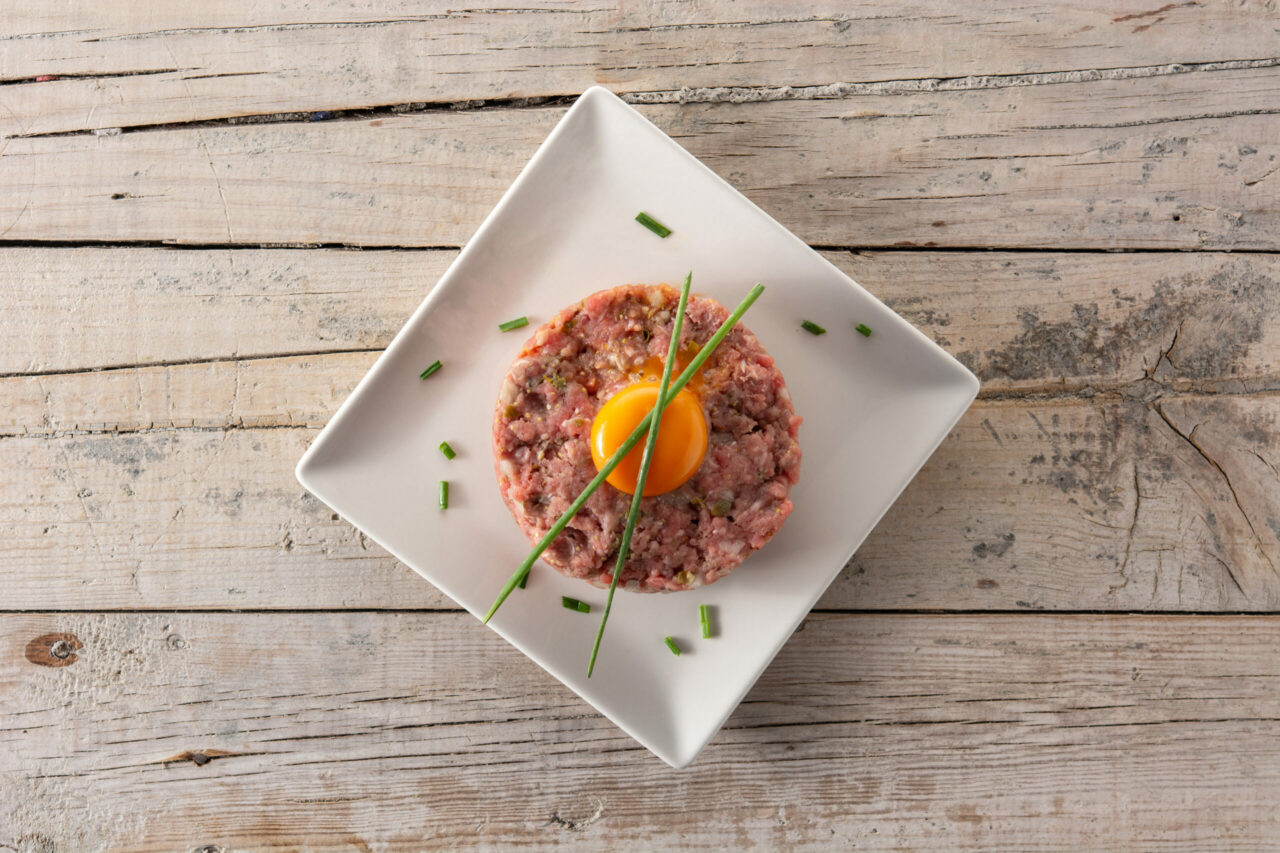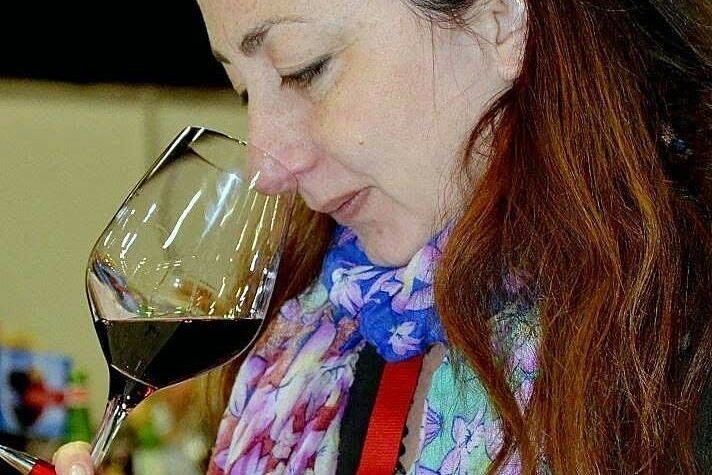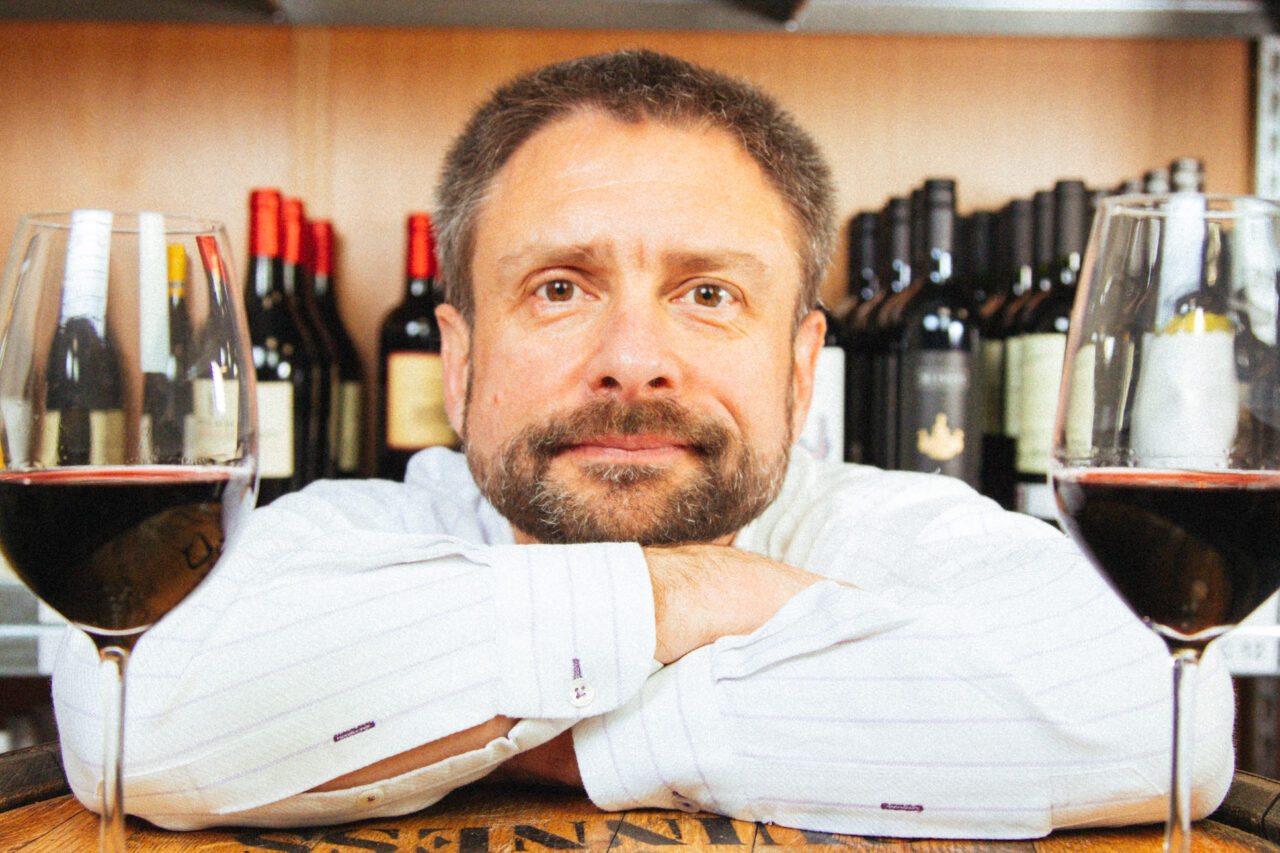Good morning, Marco! Thank you very much for your time, and to share with us your opinions about Belgium and italian wine. We have a few questions to learn about your activities and curiosities about Belgium for the followers of our wine magazine.
Good morning, thank you for the opportunity.

As first question, why did you choose small producers?
Hidden territories and small producers – this is the little motto that guides me.
I would say that I am a purist because for me wine must express the territory and the winemaker (the vigneron). Large companies have to sell and have access to large numbers, while I am guided by the opposite approach. Among other things, on my website I have a small boutique in Belgium with the selections of the italian wine I deal with.
As a young person, we read on your website, you approached wines. Can you explain us how this passion was born?
I have always loved wine, and I am well aware of farmers boasting about the quality of their wines!
Out of this curiosity to understand, I started a sommelier course with the FIS (Italian Federation of Sommeliers), and today I am clearly more prepared to understand the terms of comparison between wines.
How did you get to know the wines of Lazio?
What raised my eyebrow of the Italian restaurants in Belgium is that there was no Lazio region wine on the wine chart. So, I asked myself a simple question: why was it like that? That is when I started my journey, first through Bibenda magazine recommendations, then through my personal research.
Among all the wines that Lazio offers, Bellone, Nero Buono and Malvasia Puntinata indigenous grapes, in your opinion why do they stand out and are appreciated by wine lovers in Belgium?
This is a bit complicated, actually, to tell. Curiosity is still not widespread and making them taste is not easy at all. Therefore, a guide is needed, and those who try them find something very different, a personality that is distinct from international wines. And then, customers fall in love…
Why did you choose Cincinnato, of all wineries?
I work with Cincinnato because you have a beautiful line-up of products, but also because the processed wines are done in the right way. The first thing I look for is the wine, its quality, and that it must have an identity. I found both things in Cincinnato, that is, an excellent variety, flavours and interpretations of native grapes.
What combination of Belgian cuisine and Cincinnato wines could you recommend?
There is a typical “Chicon au gratin” recipe, a rolled endive with cooked ham and béchamel. It is a traditional Belgian dish, and Pollux wine can be perfectly matched. It is not a very strong dish, rather delicate, so I would put together a wine that is not too invasive. The light tannins of the Pollux go very well with this unctuousness of the béchamel. The acidic tip fights off the fat in the dish a bit, and the softness of the Polluce effectively counteracts the bitterness of the endive.
![]()
How would you describe the Belgian consumer?
Most people, unfortunately, don’t pair wines with dishes, regardless of what they are having. The Belgian consumer is still someone who chooses the wine first, and the important thing is whether she/he likes it or not. However, many people are becoming more and more interested, and gladly listen to the advice I give. Also, because even if I like Ercole of Cincinnato, I won’t pair it with fish!
How do you organize presentations?
I talk about wine and the combinations, also because it’s easier to make food move around wine than the other way around. I happen to do events with restaurants, indulging ourselves with tastings and putting together the wines of various producers. In this way, we lead people to imagine!
Is the taste of wine lovers in Belgium changing?
We are very close to France, even in terms of taste. Luckily, I would say that Italy is quite fashionable and there are those standard-bearers like Tuscany and Piedmont. Of course, it is still quite difficult to bring out other regions, yet the growing curiosity towards labels and more particular products is shedding light on interesting and specific projects.

